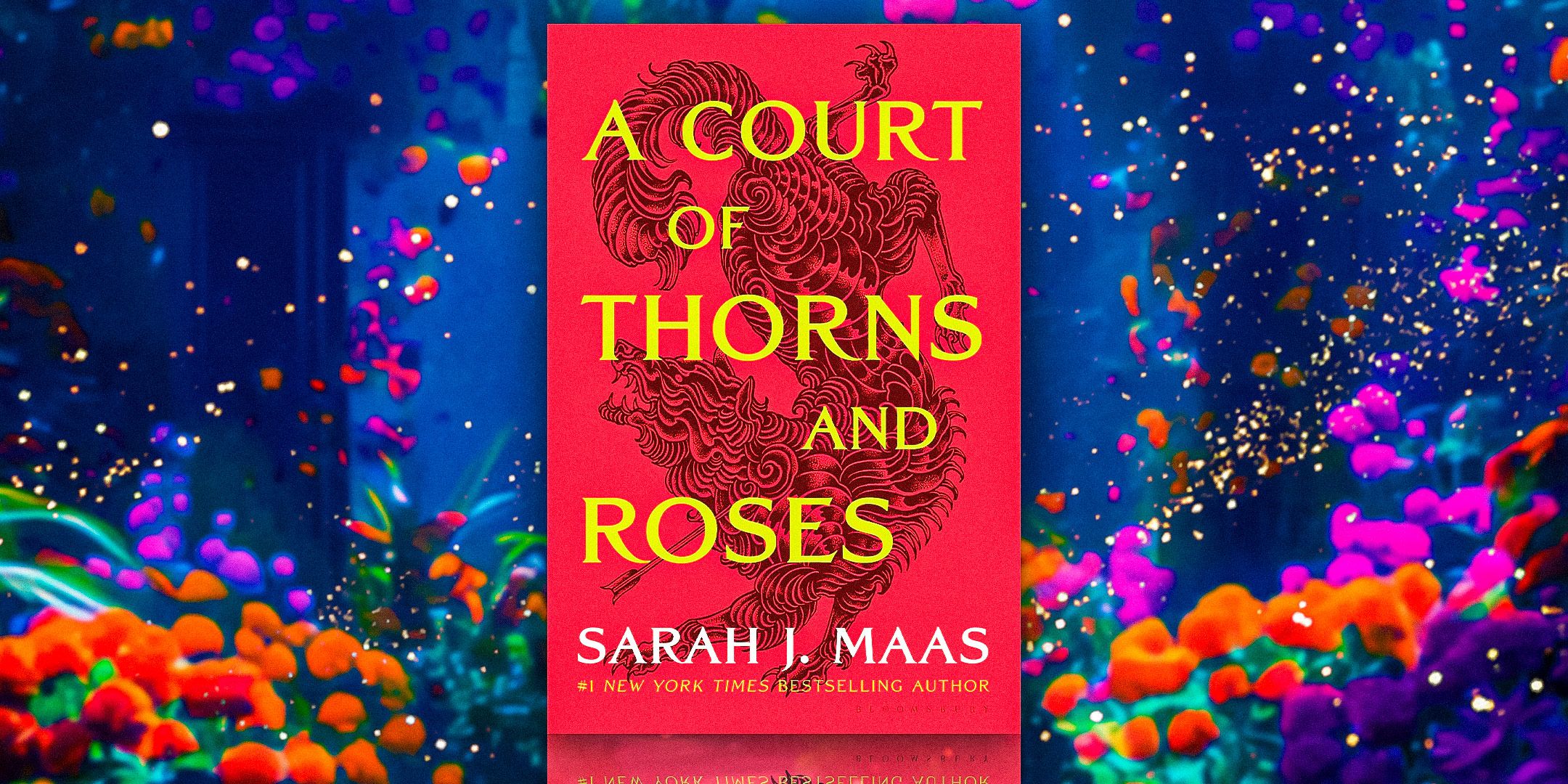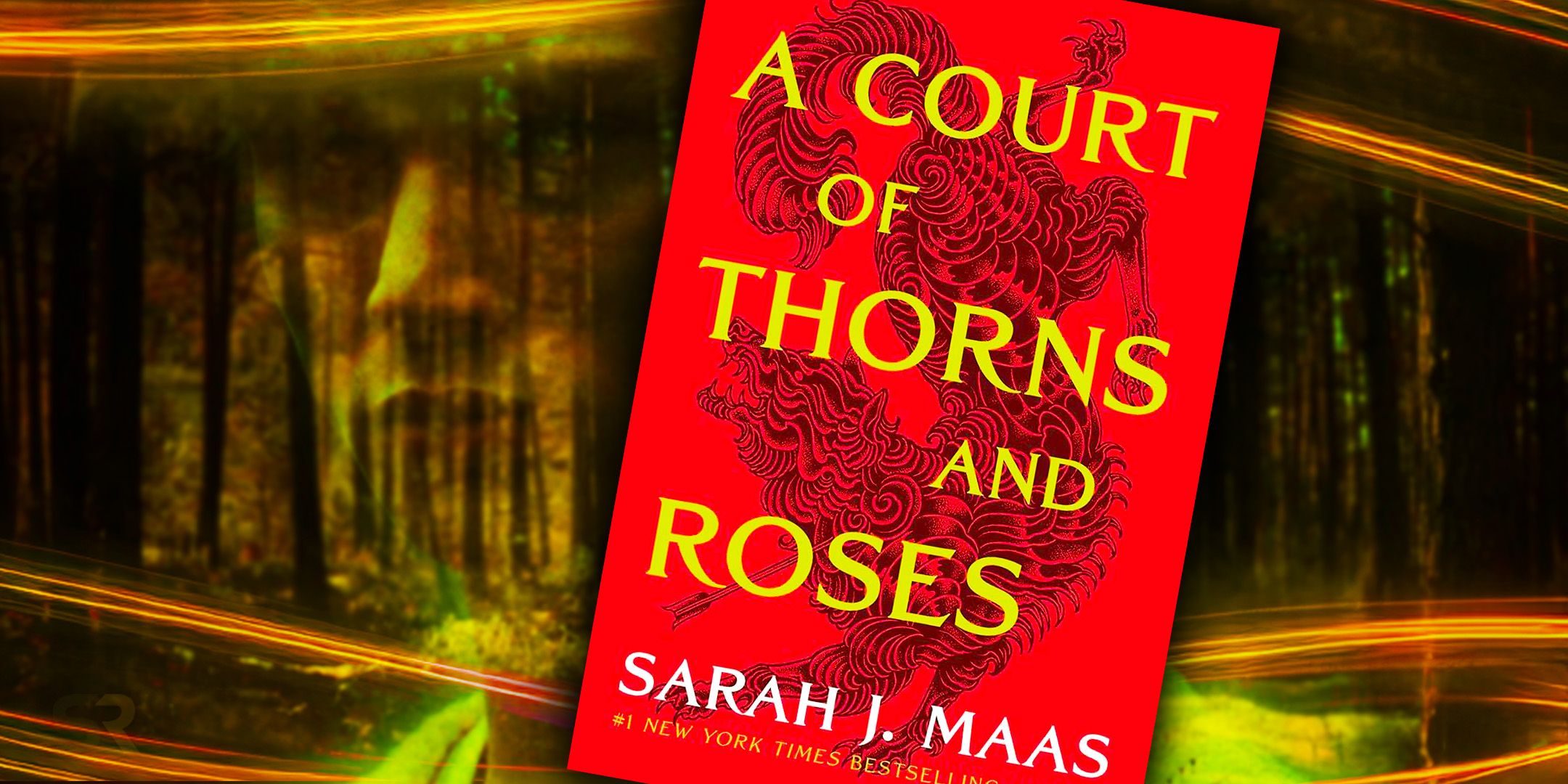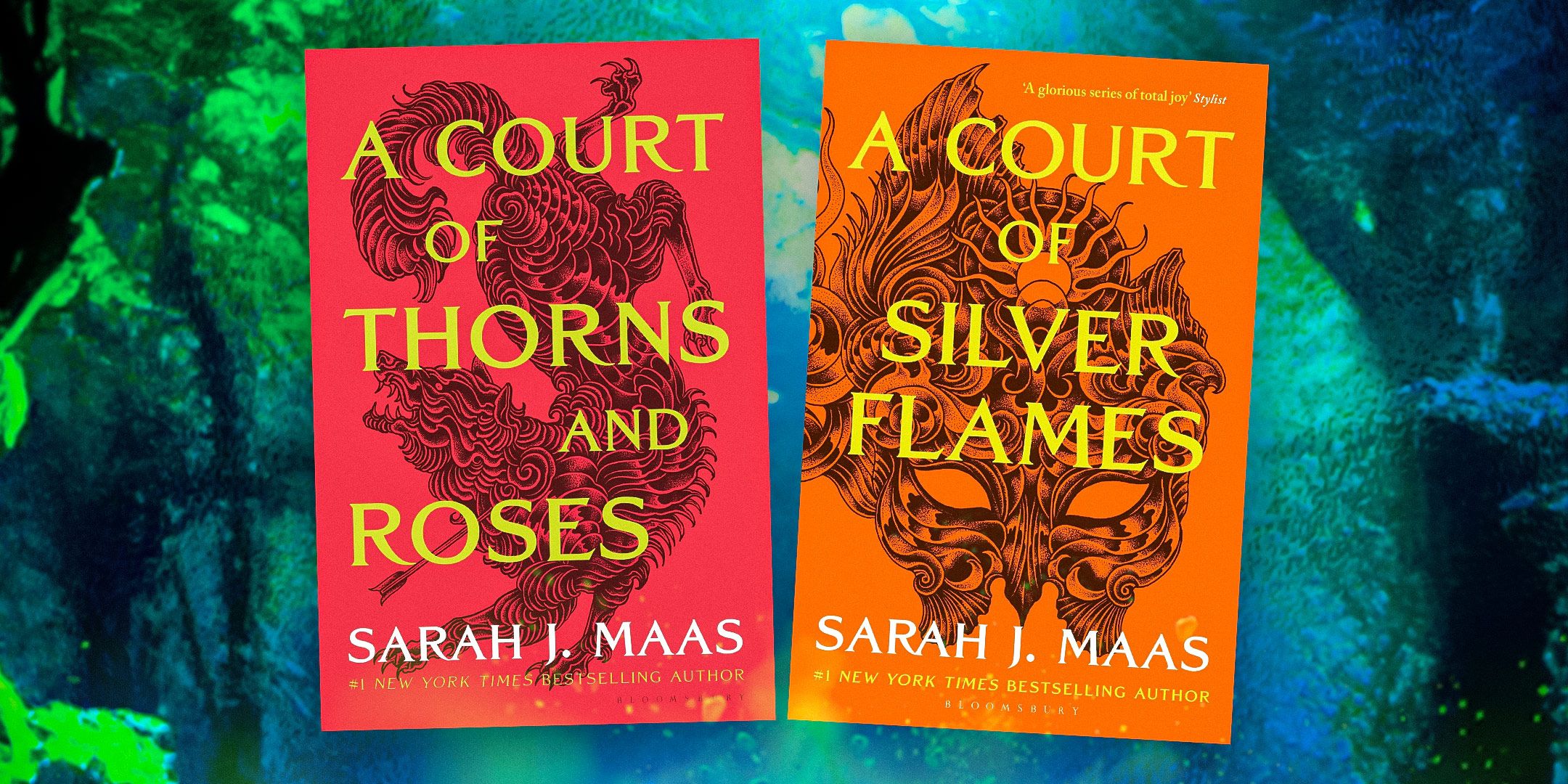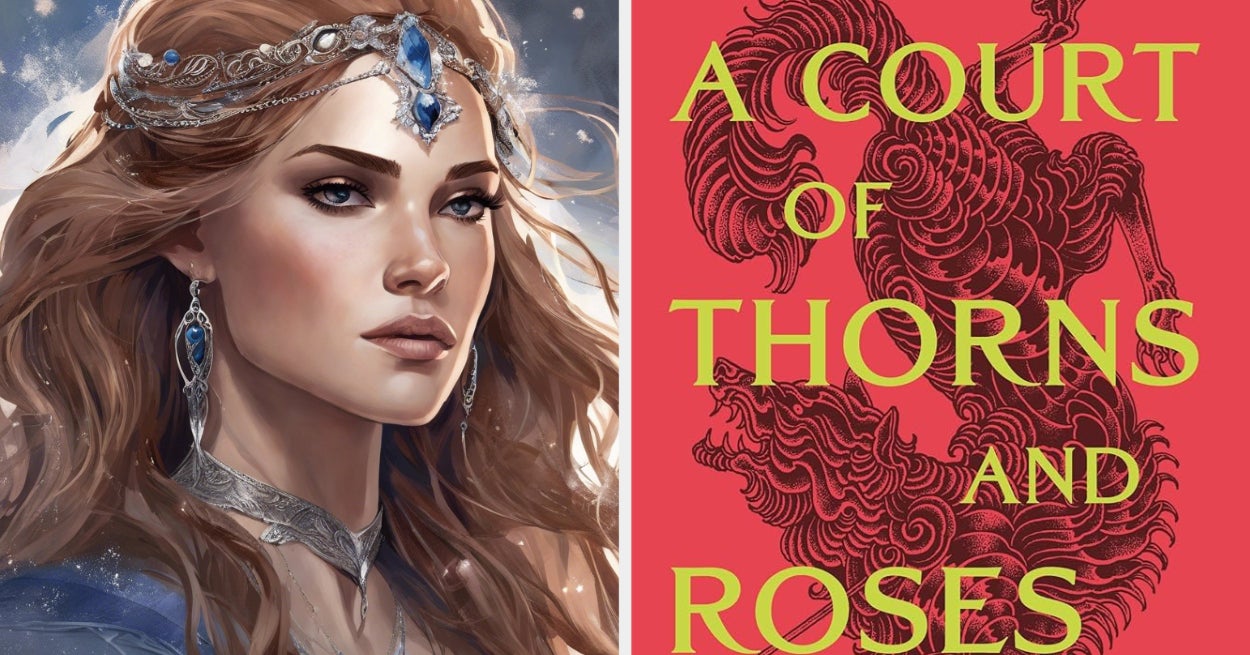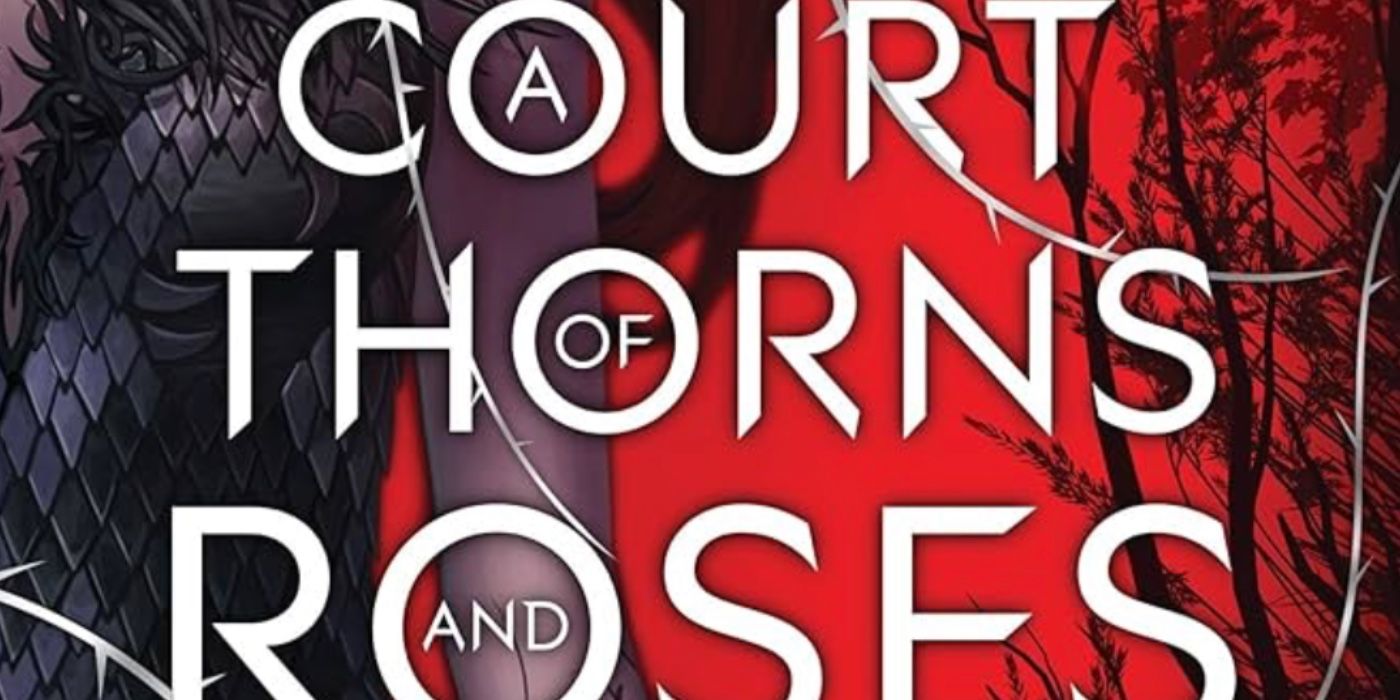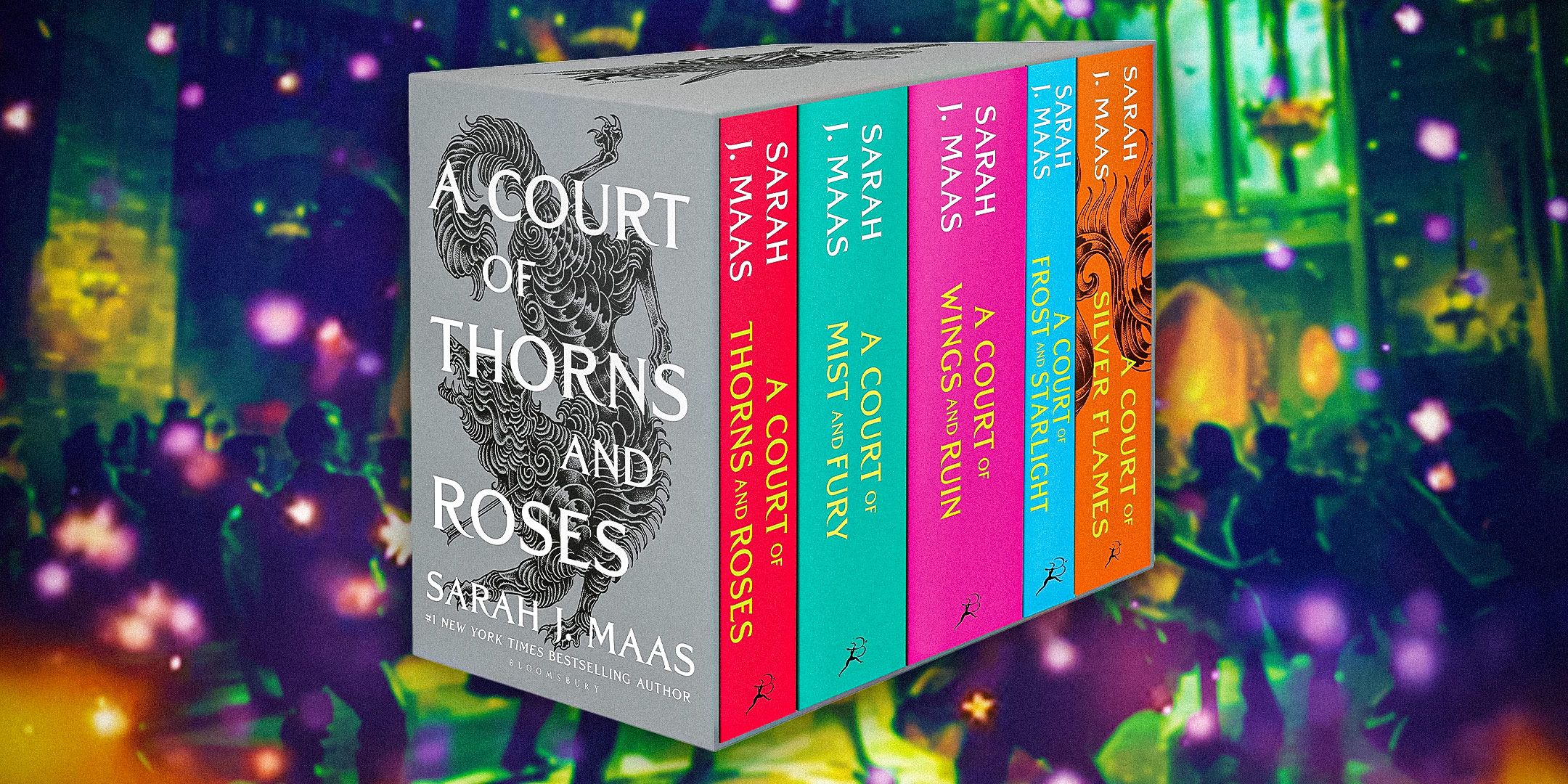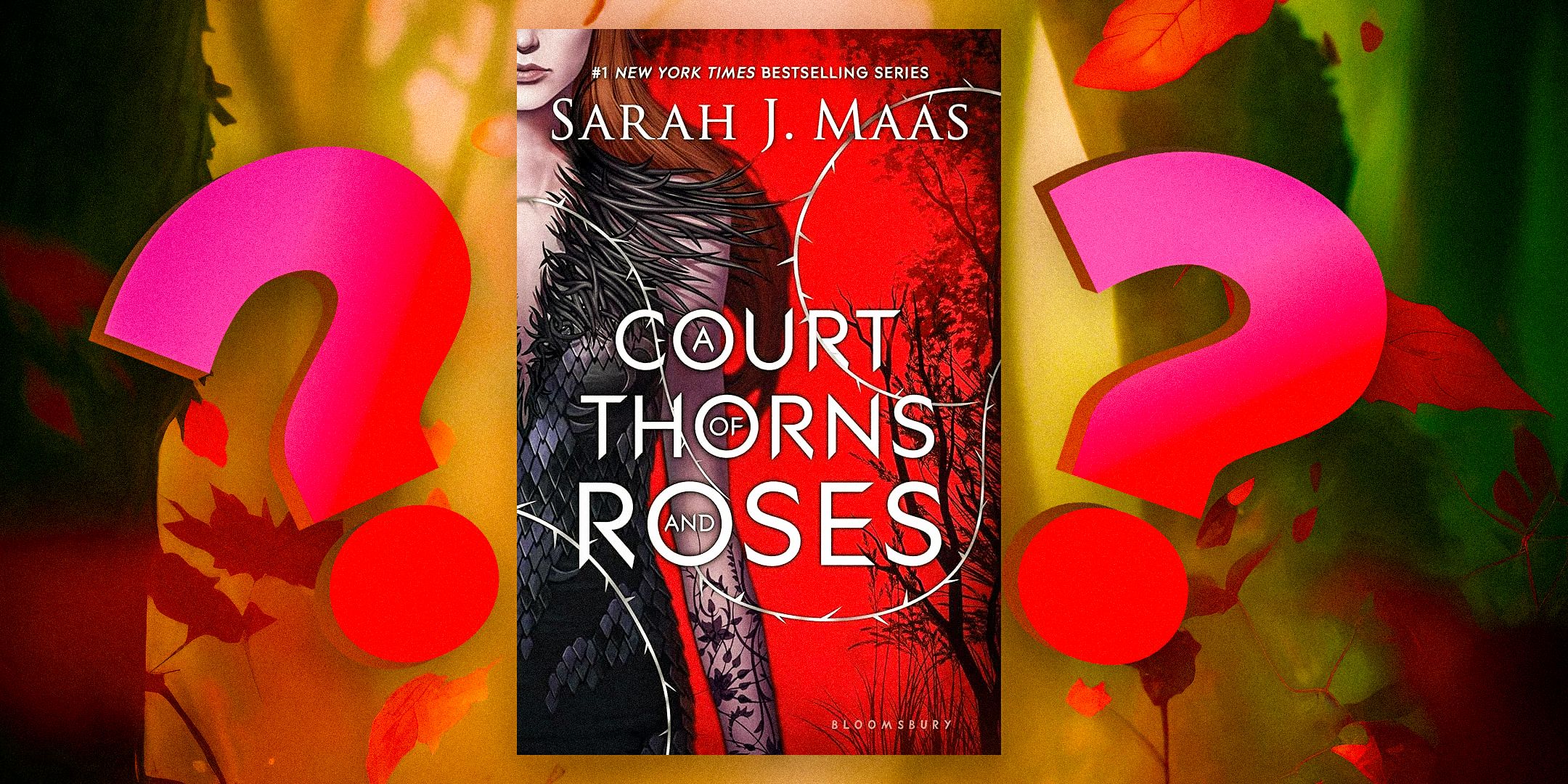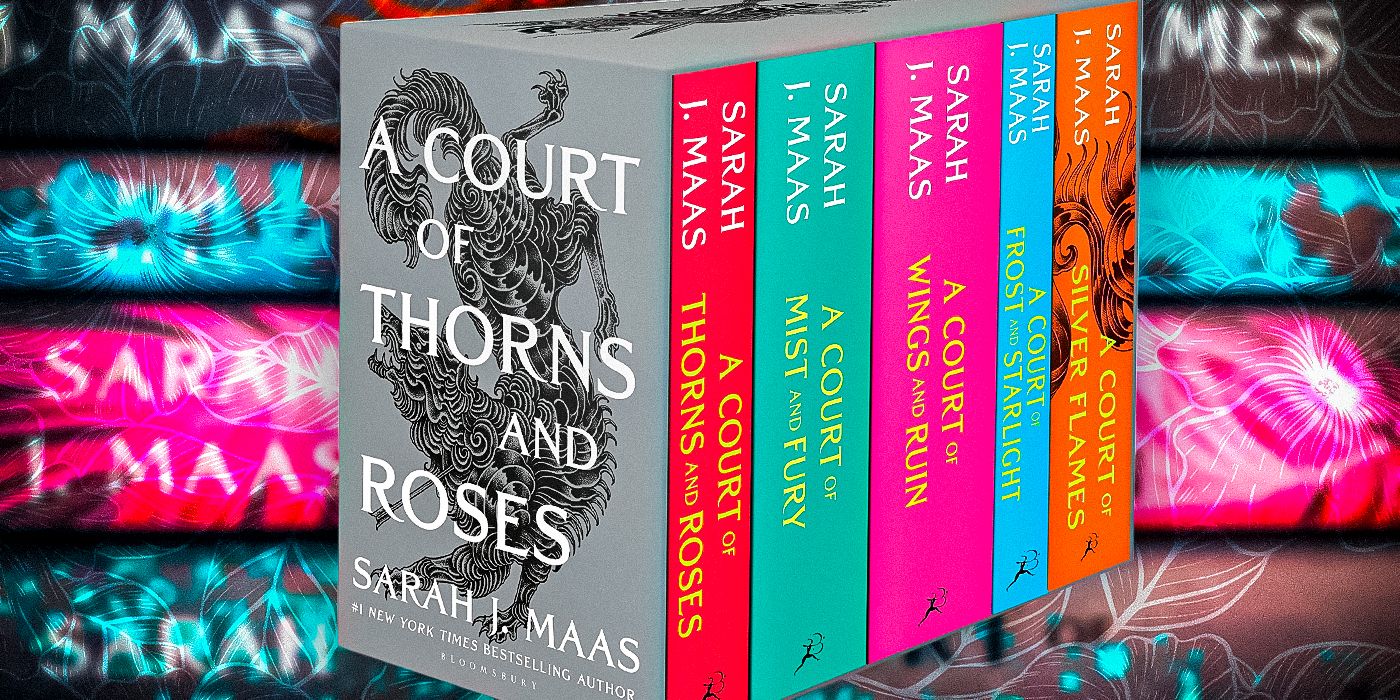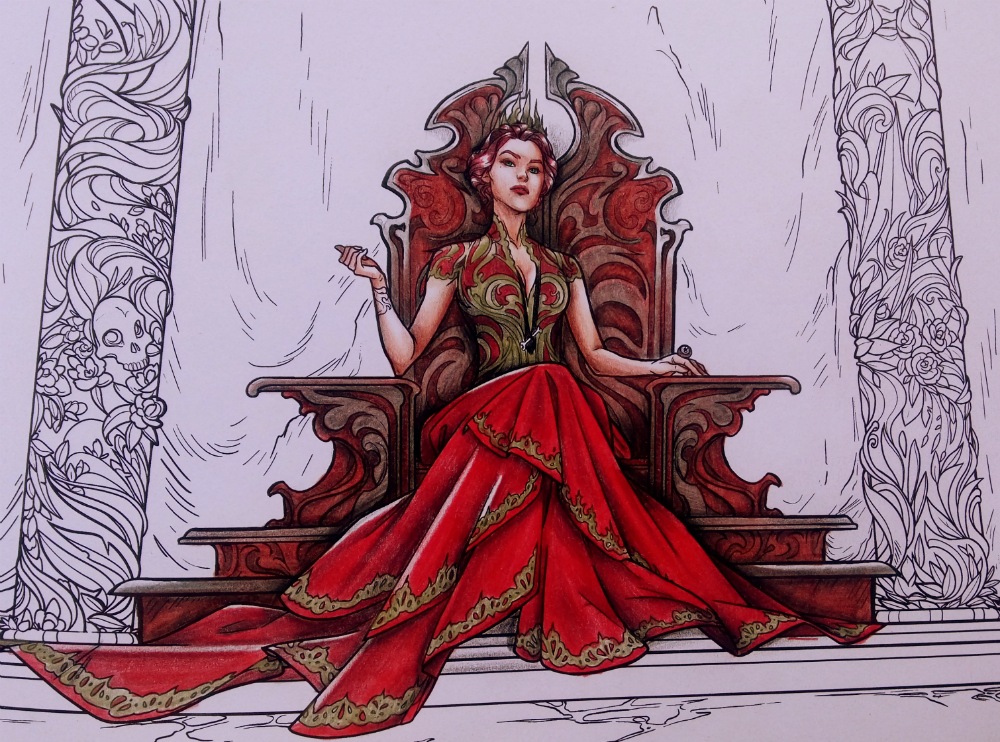A Court of Thorns and Roses (ACOTAR) is a popular young adult fantasy novel. Sarah J. Maas wrote the book. It's often discussed in literature classes. Let's explore how to teach about Amarantha effectively.
Understanding Amarantha
Amarantha is the primary antagonist in the first book. She's a powerful High Fae. She held Prythian under a deadly curse. The curse lasted for fifty years. Understanding her role is crucial to comprehending the plot.
Amarantha's Role and Motivation
Amarantha's main motivation is power. She craves control. She resented being denied the High Queen's throne. This fueled her desire to dominate Prythian. Students should understand her backstory influences her actions.
She used the riddle game to maintain her control. It was a way to mock the High Lords. She enjoyed their suffering. Amarantha's cruelty stems from her deep-seated insecurities. She masked them with arrogance and power.
Teaching Amarantha in the Classroom
Consider these methods to explain Amarantha in class. These tips may improve engagement and comprehension. These include discussion points and creative activities.
Character Analysis
Encourage students to analyze Amarantha's character. They can focus on her dialogue. Students can also dissect her interactions with Feyre. Prompt them to identify her strengths and weaknesses. Exploring her motivations is essential. This will provide a richer understanding of her impact on the story.
Debate and Discussion
Organize a class debate about Amarantha's actions. Was she purely evil, or were there mitigating circumstances? This encourages critical thinking. Students can explore her motivations. They can analyze the impact of her choices on Prythian. This fosters a deeper understanding of her character.
Creative Writing
Assign creative writing tasks. Students can write from Amarantha's perspective. They can explore her thoughts and feelings. They can create a scene showcasing her rise to power. This encourages empathy and imaginative exploration. Students can engage with her character on a deeper level.
Common Misconceptions
Address common misconceptions about Amarantha. Clear up any confusion among students. This enhances their understanding of the character and her role.
Amarantha as Purely Evil
Many students view Amarantha as purely evil. It's important to explore her motivations. Consider the reasons behind her actions. Her quest for power stems from past injustices. Exploring these nuances provides a more balanced perspective. Students can understand her complexity.
Underestimating Her Intelligence
Some students underestimate Amarantha's intelligence. She is cunning and manipulative. She uses riddles and games to maintain control. Emphasize her strategic thinking. Highlight her ability to outsmart powerful High Lords. This reveals the full extent of her threat.
Making Amarantha Engaging
Use these methods to make learning about Amarantha more engaging. Students can interact with the material. This will increase their interest and retention.
Visual Aids
Use visual aids like character maps. Create timelines of events. Incorporate fan art. Use images representing key scenes with Amarantha. Visual aids enhance understanding. They also help students connect with the story. This will provide a more memorable learning experience.
Role-Playing
Implement role-playing activities. Students can act out scenes. Have them embody Amarantha and Feyre. This interactive approach makes learning fun. It also helps students understand the characters' motivations. This fosters a deeper appreciation for the story.
Connecting to Real-World Themes
Connect Amarantha's story to real-world themes. Discuss power dynamics. Explore the impact of oppression. Examine the consequences of unchecked ambition. These connections make the story relevant. They encourage critical thinking. Students can relate to the themes on a personal level.
Analyzing Her Impact on Feyre
Amarantha significantly impacts Feyre's character development. Her challenges push Feyre to her limits. This leads to immense growth. This highlights the protagonist's resilience and transformation. Feyre's journey demonstrates the power of courage.
Amarantha's riddles tested Feyre's wit and determination. Surviving these trials reveals Feyre's strength. Feyre is forced to make impossible choices. These sacrifices shape her character. Feyre evolves from a hunter into a powerful heroine. Feyre's evolution emphasizes her courage.
Amarantha forces Feyre to confront her fears. Overcoming these fears is crucial. These trials lead to her transformation. Feyre's empathy grows. She gains understanding of others. Feyre learns to value love and sacrifice. This makes her a worthy adversary to Amarantha.
Conclusion
Teaching about Amarantha requires a nuanced approach. Address common misconceptions. Employ engaging teaching methods. Encourage students to analyze her motivations. By understanding her role, students can appreciate the complexity of A Court of Thorns and Roses.




